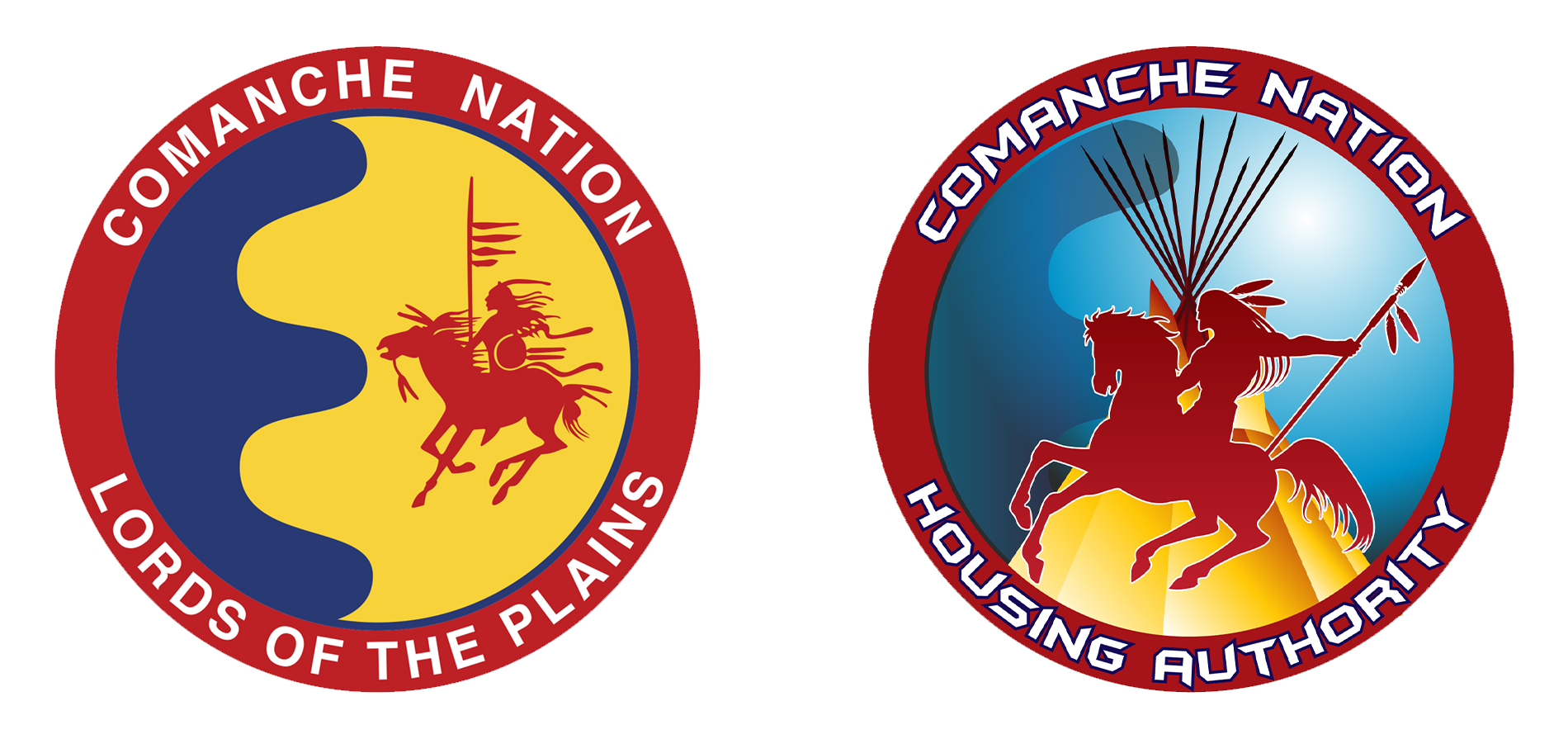By: Nora Sovo
The percentage of homeownership among indigenous nations is among some of the lowest in the country. Currently, only about 50 percent of Native Americans are homeowners, significantly lower than the national average for non-Hispanic Americans. While this number has seen subtle growth over recent years, the adversity surrounding the construction of affordable tribal housing persists.
Native American communities and their economies depend on safe and affordable housing to thrive, yet they face some of the toughest housing and living conditions in the country. Indigenous nations across the U.S. have long faced property and housing dispossessions due to a lack of resources and federal land management policies. These challenges continue with the current federal funding programs because the funds are limited and the programs are competitive amongst the tribes.
Dating back to 1998, tribes exchanged federal housing programs for the Indian Housing Block Grant Program. This initiative’s funding level has remained the same for the past 20 years with no adjustments for inflation or tribal population growth. There are currently 574 federal and state recognized tribes that are eligible to compete for these funding programs and less than one-third are awarded grants.
Additional funding programs have been introduced to address the challenges that arose from COVID-19, including the American Rescue Plan (ARP). This program provided selected tribes with a one-time federal grant to assist with housing and living concerns.
Comanche Nation Housing Authority (CNHA) was among those who received this funding through the support of the Comanche Business Committee, which was integral in the creation of CNHA and its programs. In 2021, funding from the ARP, combined with other federal grant funds, directly supported the purchase of 15 homes for low-income members of the Comanche Nation. While this is a step in the right direction, CNHA’s lease-to-own-program has nearly 100 families currently on the waiting list.
In addition to restricted resources and federal funding, the red tape surrounding the process of building on individually owned trust properties impacts the ability for tribal assistance organizations like CHNA to produce affordable housing.
“CNHA is frequently asked if we can build on individually owned property,” said Russell Sossamon, executive director of CNHA. “While we certainly can, we tend to run into issues with the loan process since we operate through a lease-to-own program.”
When CNHA builds a home on the renter’s own land, the residents are responsible for paying the lease in full before the lease agreement expires. But if the tenant defaults on the loan, CNHA must lease the house to another resident. Unfortunately, since CNHA does not own the land, the new residents would not be able to reap the benefits of the lease-to-own program and keep the house.
After decades, CNHA and tribal organizations alike continue to face similar hardships to build safe and affordable housing for tribal members, but their efforts remain strong. Specifically, CNHA’s numerous assistance programs stride towards making affordable housing more accessible while bringing attention to this dire need within the community.

